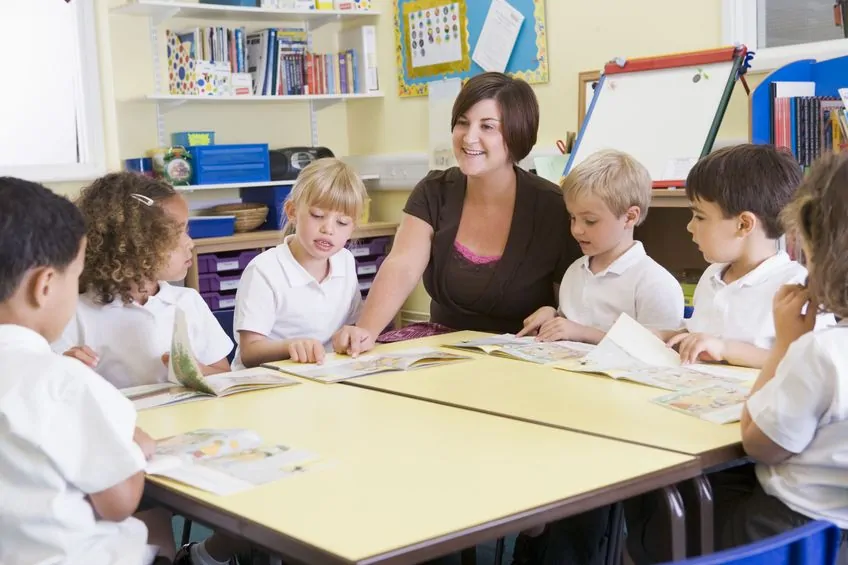People with disabilities face several everyday struggles; there’s no doubt about that. However, there is so much more to their struggle than not being able to climb the stairs in their own homes or the lack of accessibility in public places, especially for children.
Have you ever noticed when you went to public or private school that there weren’t many kids with disabilities? Inequality and inequity already exists within the educational system in the U.S. and other places around the world for children of low-income families and minorities, but it also exists for children with disabilities. Children with disabilities are very often excluded and forgotten finding it difficult to properly attend school or even think about college.
Not only are children with disabilities discriminated against by their peers (and sometimes even the staff), but due to people’s lack of knowledge and understanding and the stigmas surrounded by people with disabilities, children miss out on a proper education.
People in education often times do not know how to deal with children who have disabilities because of a lack of sensitivity training. If people took the time to understand disabilities and understand that they only make it a little more difficult to learn but not impossible, there would be a lot more reforms in schools to include children with disabilities.
Sensitivity training for the school’s staff would allow them to properly interact with children with disabilities instead of ignoring them, or treating them like they are mentally and physically incapable of anything. Often times, children can be cruel and we cannot stop that unless it is prevented at home or school. If children were taught that a disability does not make the child much different than them, we can reduce the amount of bullying and the stigmas surrounded by children with disabilities.
The Global Partnership for Education (GPE) has found that children with disabilities are less likely to start school, and if they do, they are unlikely to transition to secondary school. As stated before, people in the education system have a lack of understanding about their needs. Schools also do not implement any classroom support, training on how to teach children with disabilities, and have a lack of assistive technology and learning resources and facilities. This type of environment prevents the child from having any form of accessibility in the classroom. Parents have to fight with the school board to include these resources and training in order to accommodate their child instead of it being implemented already. School boards do not work to create accessibility and millions of disabled children are often left out of education sector plans.
Besides having inaccessible infrastructures that do not grant mobility or accessibility for children with disabilities, GPE also mentioned that children with disabilities are often overlooked in humanitarian actions. Wealthy people, celebrities and humanitarians are often seen donating to causes for children with cancer and other illnesses, but are unaware that children with disabilities are also a group that need money for resources and a basic education. This goes hand-in-hand with just having a lack of understanding and knowledge of the struggles that they face.
Although there are activists working hard for the rights of people with disabilities, it is imperative to fight harder for the children. The fight must start with children because having a lack of education has a lifelong impact on learning, achievement and employment opportunities, which further affects their socioeconomic standing and human development.
GPE is working on a strategy to ensure that education is inclusive and equitable for all to combat the lack of education accessible to certain groups, including children with disabilities. To learn more, check out our next article on GPE’s vision.
Photo Credit: Ilmicrofono Oggiono



